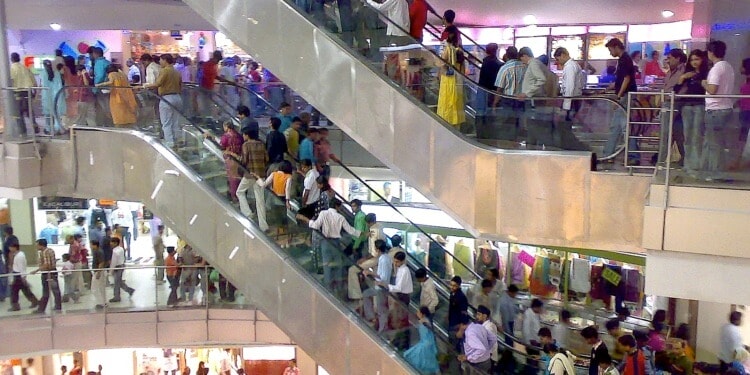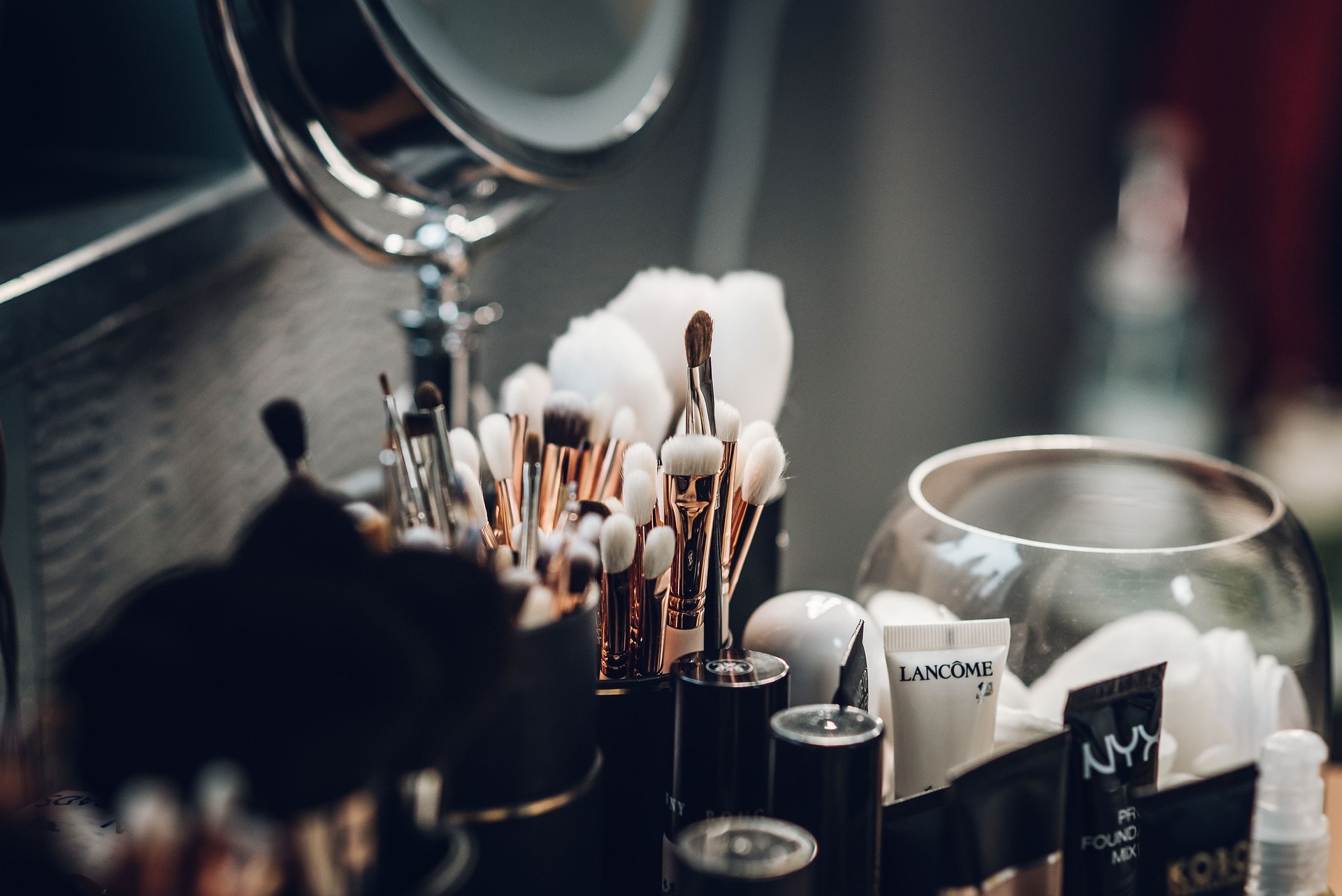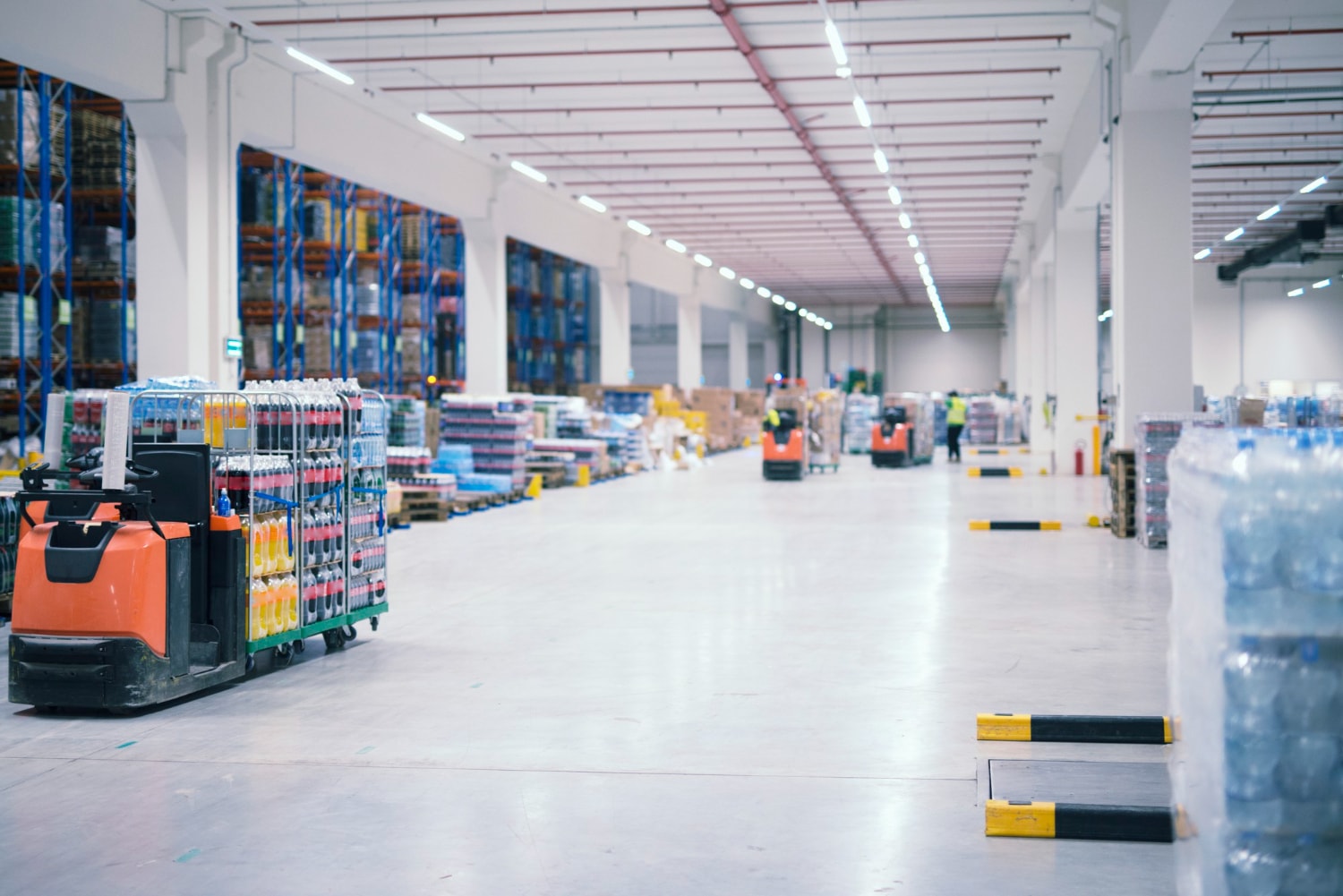Overconsumption is threatening us. “According to latest projections, the global population could grow to around 8.5 billion in 2030, 9.7 billion in 2050. The equivalent of almost three planets could be required to provide the natural resources needed to sustain current lifestyles”, according to United Nations figures (UNEP: why Sustainable Development Goal 12 matters).
Suppose the worst-case scenario comes to fruition, and by 2050, the Earth’s human population will truly reach 9.7 billion. In such a case, the global unrest over resources will be immense, displacement of people unimaginable, and hunger relentless.
By now, most of us know and acknowledge that Earth’s finite resources cannot keep on providing humanity with all we want (and that is a rather big difference with all we need), if we don’t take good care of Gaia’s generosity. To pay back the planet in kindness for the abundance of resources we have been receiving, running it to the ground, and abusing it, we should all make it a priority to protect those resources that are left.
To preserve the resources we have, overconsumption needs to go.
Overconsumption spreads across many areas such as: too much food from private and commercial establishments going wasted; living in houses that are way too big; driving cars everywhere instead of walking or using public transport; purchasing stuff not because it’s needed but simply because it’s on sale or costs very little and can be thrown away after one use; using too much single-use plastics that never get recycled, etc.
We feel tempted and pressured to buy regardless of whether we can afford something or not. Overconsumption is a catch 22 because the more we overconsume, the more we must work to pay for such a lifestyle.
Often people in high-pressure careers substitute overconsumption with lack of time, which often leads to dissatisfaction with life because at the end it doesn’t matter how much they work; there won’t be enough money to cover the debts that the overconsumption lifestyle ultimately carries.
Change
Change is difficult and often unpleasant, especially if it isn’t done voluntarily. Scientists already know that the consumption levels will have to be dialled down drastically in the next few years. Most likely, some limits and restrictions will have to be introduced for purchasing goods and travels to allow the biosphere to start the slow healing process.
Scientists and activists have been communicating this message for years now. Still, it seems that the public isn’t that keen on making changes or even listening to warnings and agrees that a shift in consciousness is needed now, not at some undefined time in the future.
Currently, many movements such as the Tiny House Movement, or MMM (people seeking financial independence as soon as possible), the Minimalist’s pioneer, have called for owning less stuff and focusing more on what’s important in life. Time is the only commodity we cannot have more of and wasting it to pay for unnecessary stuff doesn’t seem very logical.
Since I was a child, I knew that working to consume was a massive waste of life and potential. I always wanted an alternative and have been trying to find one, ever since I could make independent decisions.
What drives overconsumption?
Overconsumption can be driven by the inner void, the lack of connection to community, friends, family or land and nature, or the peer pressure to keep up with the Jones. As a society, we have grown accustomed to just one “true” lifestyle, which means economic advancement by purchasing heaps of stuff, regardless of what is needed and how affordable those choices are.
The capitalistic cultural standards have been pushing people to believe that the more you buy, the wealthier you are to the outside world. It is taken as a mark of “success”. That economic model promotes mindless consumption in massive quantities.
In reality, a lifestyle based on overconsumption creates pollution, inequality, debt, destruction, anxiety, stress, fear etc. In pursuit of financial gains and recognition, people often forget that the external manifestations of success don’t matter as much as we have been programmed to believe they do. If you have no time to enjoy life, no number of things will change that.
Consumption is crushing and doesn’t leave enough brain space for meaningful productivity. Not thinking of consumption or engaging in daily or weekly consumption rituals opens up space in our lives to embrace an adventure that ultimately is what life is all about. I remember spending hours upon hours imagining how I would spend the money I earn, what I would buy, how much that would cost, and where I would wear it (my overconsumption was strongly connected to clothes shopping).
In contrast, my current “consumption dreams” are minimalistic and focus on experiences and the desire to have less.
What easy changes to implement?
If we start consuming less food and only buy what we know we can eat, not so much will go wasted. Community fridges or pantries are a fantastic way of sharing our excessive food with people in our local community and tackling hunger locally. Hunger is a massive problem, even in such a developed economy as the UK, where millions of people go hungry every day, and often people with jobs have to rely on food banks to feed their families.
Buying less clothing and taking good care of those items, regardless of how much we paid for them is a brilliant way of telling the brands that they have to mend their ways. Among the ways open to them are, for example:
- producing fewer clothes,
- reducing the need to introduce new lines every week
- introducing mending and rental services and
- not using toxic chemicals which will never break down.
Ultimately it will benefit everyone, including the clothing brands.
If I was buying new clothes every season as I used to, making space for the new arrivals meant getting rid of the ones I had already. Finding friends who wanted my unwanted and unloved clothing was always a much better solution than dropping the clothes at any of the charity shops, which have their issues selling excessive donations.
This consumption/getting rid of “undesired” items is a classic catch 22, and no one, apart from the corporations, wins that game. The customer loses money because of constant clothing upgrades; the environment is depleted of resources, and developing nations end up with piles of our Western clothing we consider unfashionable any longer.
Clothing is just one example of overconsumption at its ugliest, with fast fashion the main culprit.
Car production is another. It is heavy on resources from start to finish.
Modern housing development prices the communities out of cities, areas and even villages in some places in the UK (gentrification in its ugliest), while allowing for the wealth accumulation in the hands of very few people or/and corporations. Again, this is an example of overconsumption of the few, while leaving the majority of the population to subsidize the unprecedented entitlement of the few to overconsumption of resources to increase their personal wealth. So many resources go into building houses, and it shouldn’t only benefit those who hoard the wealth while depriving others of dreams of owning their own homes.
Alternatives to consumption-driven lifestyle
There are alternatives to a consumption-driven lifestyle, and many people from a variety of backgrounds and different age groups are embracing minimalism, tiny living and alternative living or living off the land entirely to get off the crazy wheel of working just to pay for the mortgage and the bills. At the same time, they longingly wait for retirement and pray that they will still be able to follow their dreams and desires by then.
From my experience, and I haven’t been on my eco-minimalistic journey that long, I feel that once the “beginners” changes took root in my life, I instantly desired to go further down the minimalistic path. That resulted in a bigger drive than ever to consume as little as possible, focus on experiences, and build my life around what I truly want my life to look like.
My consumption level is slowly becoming very minimal, and I would instead invest money in quality over quantity. I still want to support small local businesses and artists. However, I don’t want a cluttered home, cluttered shelves or storage. Physical clutter reflects in our mental sphere and creates tons of stress in the process.
If we set out to declutter our spaces and lives, we might just find ourselves on a new exciting adventure towards a lifestyle where overconsumption doesn’t pull strings and navigates and dictates our every move.
Slow living should become our mantra for the future and replace the consumption mantra. Slow, intentional living offers opportunities, possibilities and connects us back to nature. Globally, we need more connection to nature to truly understand and see what our selfish consumption does to this planet.
2022 for me will be all about decluttering even more, stepping as far away from mainstream consumption as possible and refocusing my energies on pivoting my life towards an even more minimalistic path. I want my life to be a part of the change, not of the ongoing unsustainable problem.
This is the sixth article in the series “Our Sustainable Future”. The first article is here: how to be a conscious consumer; the second is how to tackle bathroom plastic waste; the third is how to tackle kitchen plastic waste; the fourth is minimalistic life choices; the fifth is what being a conscious consumer really looks like. The author is a filmmaker who lives in the U.K. and she records for us how she became a “conscious consumer”, with a new eco-minimalist lifestyle on a path to building a sustainable future for herself and her family.
Editor’s Note: The opinions expressed here by Impakter.com columnists are their own, not those of Impakter.com. — In the Featured Photo: Shopping mall, India Photo by Sumit Bhatnagar










